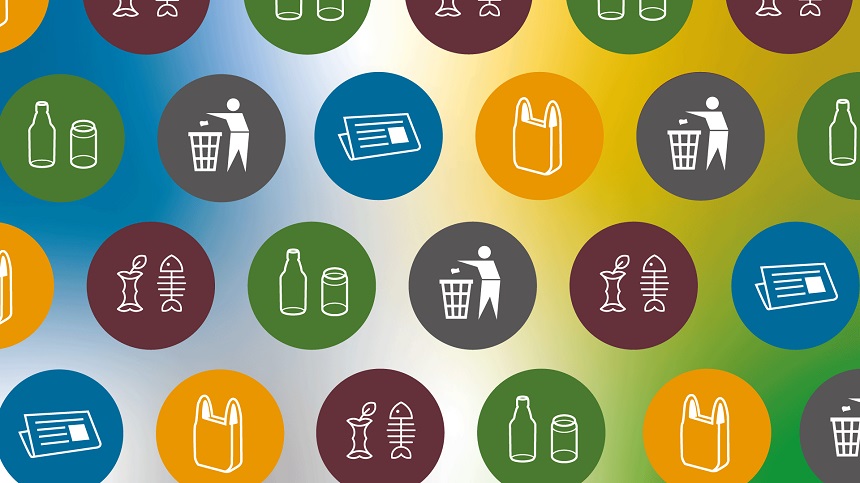Separate Waste Collection at the University of Padua

With the adoption of theCharter of Sustainability Commitments (2023-2027), for the second five-year period, the University of Padua has chosen to commit itself to the responsible management of resources in relation to the aspects of availability, cost-effectiveness and environmental impact, discouraging waste and promoting thereduction of consumption. Among the actions envisaged for this area, an important aspect concerns the encouragement of separate waste collectionin the University’s facilities, promoting actions to raise awareness and educate the university population on waste management.
With the“Protocollo d’Intesa”signed withAcegasApsAmgaand theMunicipality of Paduain 2020, the University of Padua established a cooperation relationship aimed at planning and implementing actionsto improve the management and impact of urban waste collection in the city, and in particular in the areas where the University’s facilities and activities are concentrated.
In this wake, as of April 2025, following a survey to monitor waste management in the University, a project was launched to implement separate waste collection through the installation of new binsin all University buildings, with the aim of making the waste management chain produced within the university context more efficient.
The modalities for the collection, sorting and disposal of this waste depend on the management system of the waste collection company in the relevant municipality.
More information on separate waste collection in the University can be found in theseGuidelines.
These guidelines are specific to the Municipality of Padua and set out as indicated by AcegasApsAmga. Structures based in other Municipalities will therefore have to verify the congruence of the information with that dictated by the local operators.
The adoption of resource and waste management strategies by our university responds to the principles of the circular economy and consolidates the path towards a model of sustainable development, through a holistic view of resources that, however, is implemented not only through separate waste collection, but also through a strategy that involves the entire supply chain and resource management, such as the purchase of green materials, the adoption of the reuse portal to encourage the reuse of products, contracts with companies that promote the recycling of special waste.
